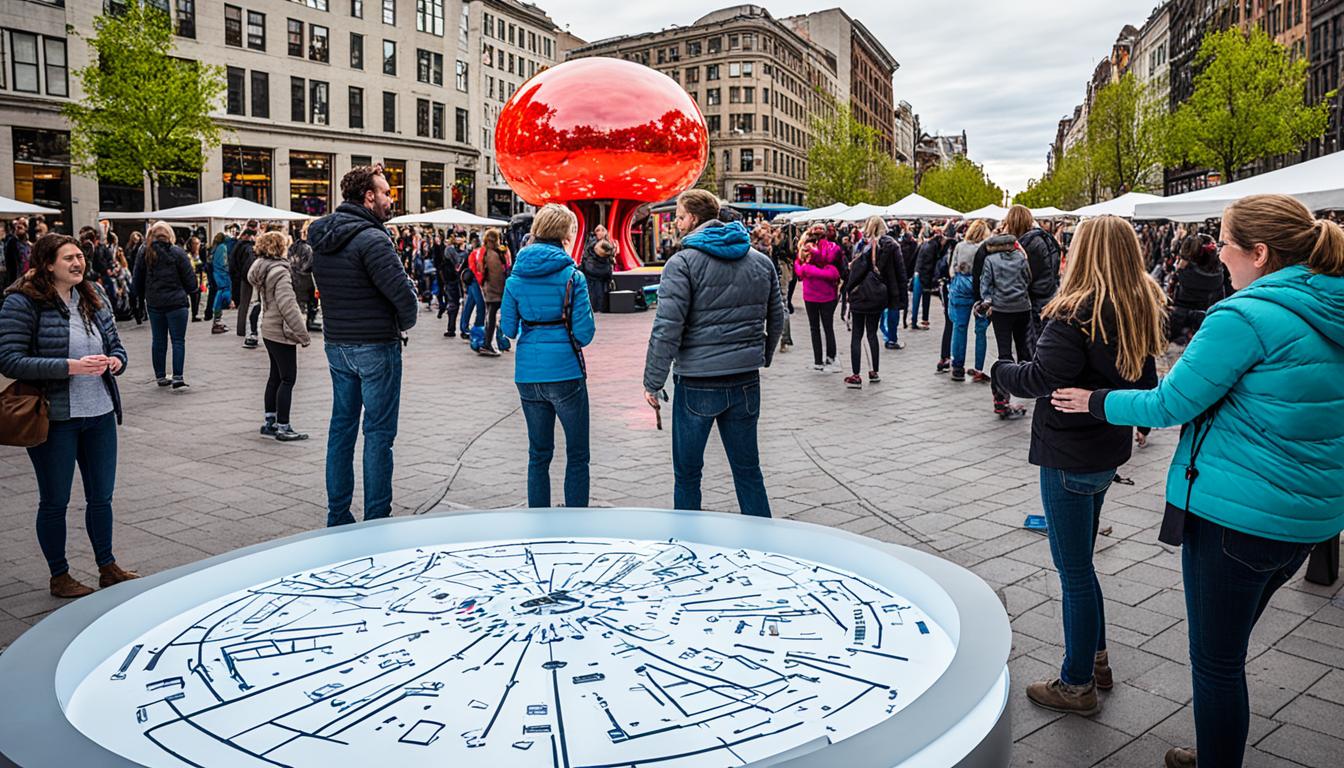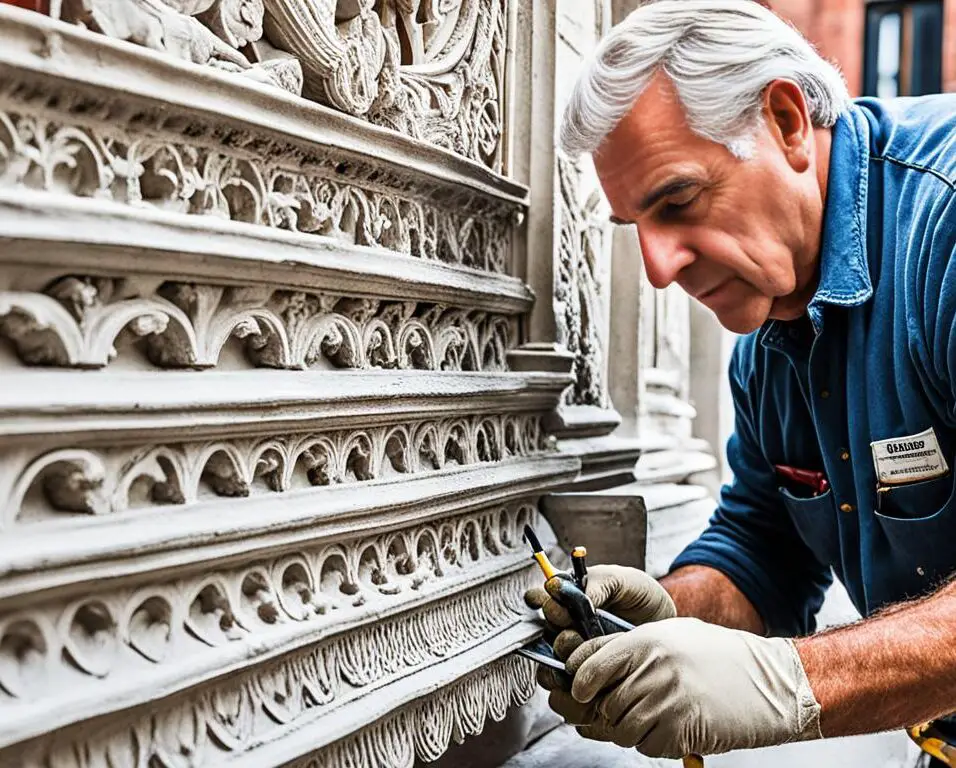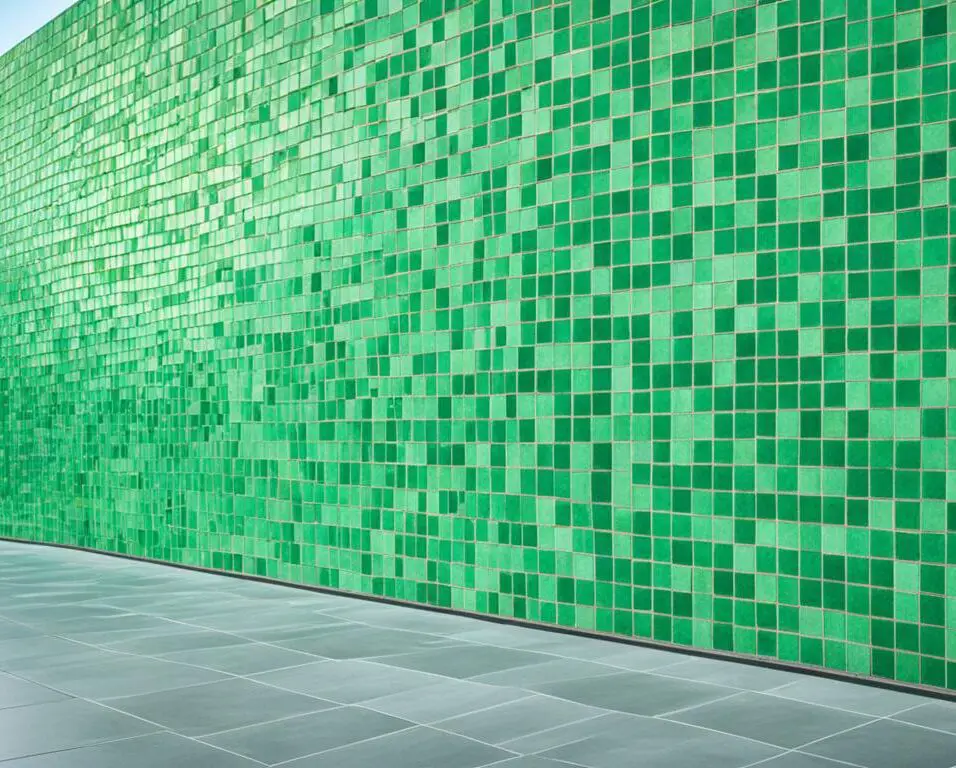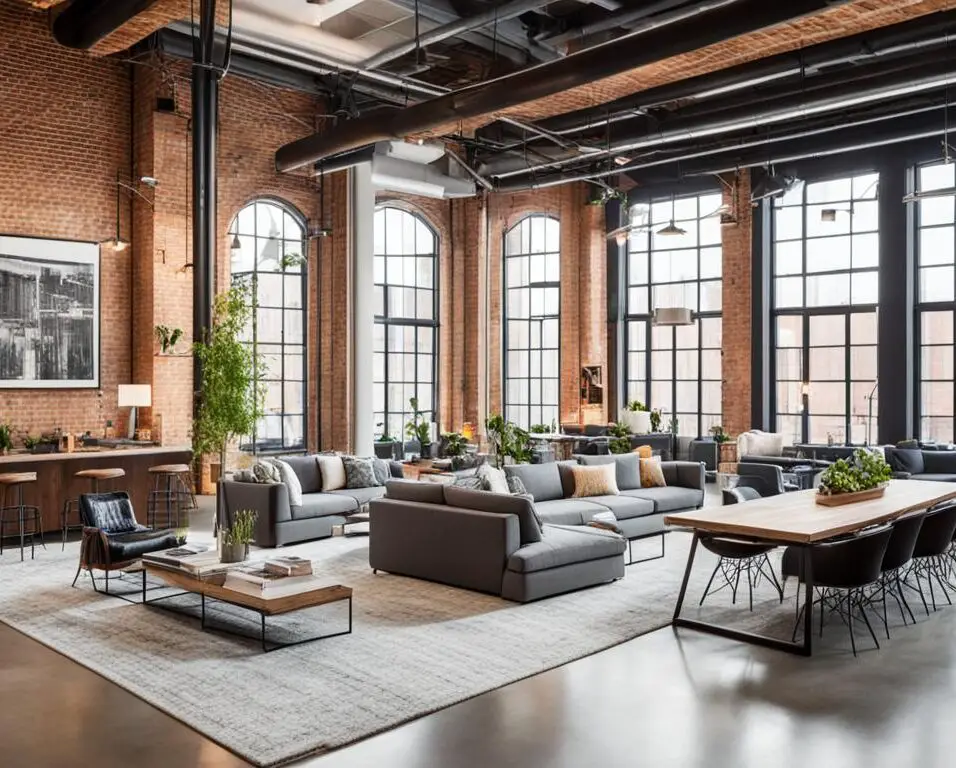Engaging the Public with Interactive Installations in Architecture
Interactive public installations in architecture have become a powerful tool for transforming urban spaces and fostering community engagement. These installations provide opportunities for individuals to actively participate in their surroundings and interact with their environment. Through the use of technology, art, and design, these installations create unique and memorable experiences that enrich daily life.
Imagine walking through a bustling city and stumbling upon a captivating piece of art that invites you to touch, interact, or even play. These interactive installations bring a new level of excitement and engagement to urban spaces, offering a refreshing break from the ordinary. Whether it’s a whimsical sculpture, a mesmerizing light display, or a musical staircase, these installations capture the imagination and create a sense of wonder in the hearts of passersby.
But it goes beyond mere aesthetics. Interactive public installations have a profound impact on communities and the cities they inhabit. They play a vital role in urban revitalization, breathing new life into neglected areas and turning them into vibrant hubs of activity. By attracting people to these spaces, interactive installations become catalysts for social interaction, fostering connections and bringing diverse groups of individuals together.
The creative and innovative nature of interactive installations also stimulates cultural expression, allowing people to share their stories, traditions, and experiences. It gives individuals a platform to express themselves and contribute to the identity of their surroundings, fostering a sense of pride and belonging. Through these installations, public spaces become more than just empty landscapes; they become canvases for personal and collective narratives.
As society becomes more immersed in technology and disconnected from the physical world, interactive public installations serve as a powerful reminder of the beauty and possibilities that exist outside the digital realm. They encourage people to step away from their screens, interrupt their daily routines, and engage with their surroundings in meaningful ways. These installations have the potential to reshape and enhance daily life, injecting moments of joy, surprise, and inspiration into the mundane.
So next time you find yourself meandering through the city streets, keep an eye out for interactive public installations. Embrace the opportunity to join in, interact, and experience the magic they have to offer. You never know how they may leave a lasting impression on you and the community around you.
Key Takeaways:
- Interactive public installations transform urban spaces and foster community engagement.
- These installations provide unique and memorable experiences that enrich daily life.
- Interactive installations promote social interaction, creativity, and cultural expression.
- Notable examples include the Light Bridge, The Swing, and Playable Musical Stairs.
- Through art and technology, interactive installations reshape the way we interact with our surroundings.
The Impact of Interactive Public Installations on Urban Spaces
Interactive public installations have a profound impact on urban spaces, contributing to their revitalization and transformation. These installations play a key role in attracting people and creating vibrant gathering spaces that bring communities together.
One of the significant benefits of interactive public installations is their ability to promote social interaction and enhance community bonding. As individuals come together to experience and engage with the artwork, they interact with one another, fostering a sense of connection and shared experiences. These installations serve as catalysts for conversations, making urban spaces more dynamic and engaging.
In addition to facilitating social interaction, interactive installations also encourage creativity and cultural expression. By providing individuals with opportunities to actively participate in their surroundings, these installations empower people to express themselves and contribute to the overall identity of their communities. Whether through creating their own art or engaging with the installations in unique ways, individuals become active participants in shaping the cultural fabric of their urban environment.
| Benefits of Interactive Public Installations on Urban Spaces |
|---|
| Urban Revitalization |
| Social Interaction and Community Bonding |
| Creativity and Cultural Expression |
Urban revitalization is a primary benefit of interactive public installations. These installations breathe new life into neglected areas, attracting people and investment to previously overlooked neighborhoods. They create a positive ripple effect, stimulating economic growth and development while improving the overall livability of urban spaces.
The impact of interactive public installations goes beyond their aesthetic appeal. They serve as catalysts for urban revitalization, promoting social interaction, creativity, and cultural expression. By embracing and integrating these installations into urban planning, communities can harness their power to transform their spaces and elevate the quality of life for residents and visitors alike.
Interactive public installations have the potential to reshape and revitalize urban spaces, fostering social interaction, creativity, and cultural expression.
Examples of Successful Interactive Public Installations
Several notable interactive public installations have successfully engaged communities and transformed urban spaces. These installations not only captivate the public but also inspire creativity and connection.
The Light Bridge
The Light Bridge is an installation that combines light, sound, and movement to create an immersive experience.
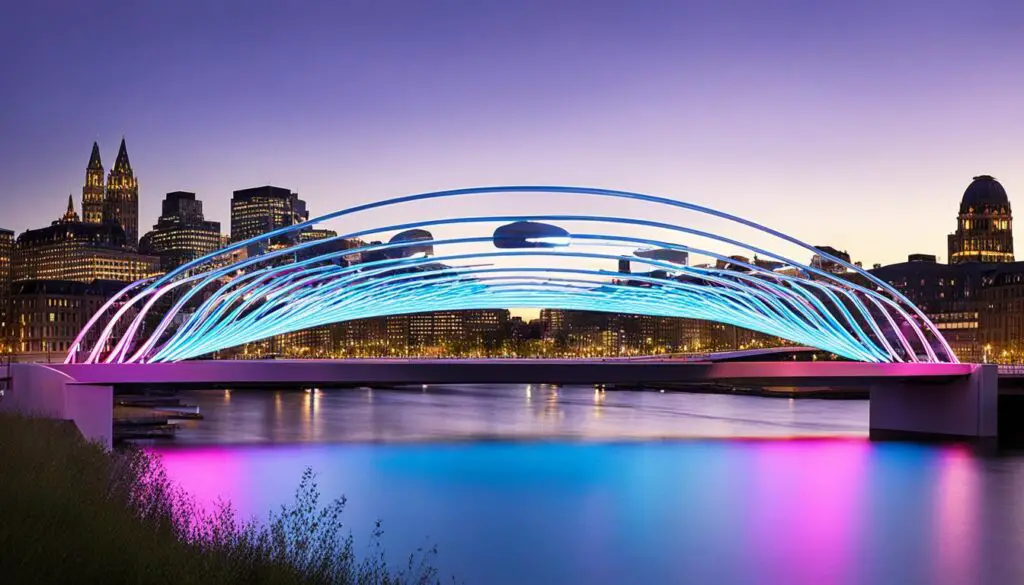
The Swing
The Swing invites individuals to interact with oversized swings, promoting playfulness and joy.
Quote: “I felt like a child again, swinging back and forth with a big smile on my face.”
Playable Musical Stairs
Playable Musical Stairs is another interactive installation that transforms a mundane staircase into a musical instrument, encouraging people to make music as they ascend or descend.
“The Musical Stairs added a completely unexpected element to my daily routine. I found myself purposely taking the stairs just to play a tune!”
These interactive public installations showcase the power of art, technology, and design in enhancing urban spaces and engaging communities.
Conclusion
Interactive public installations in architecture have the potential to reshape and revitalize urban spaces. By engaging the public and providing unique experiences, these installations create opportunities for social interaction, cultural expression, and community bonding.
As cities continue to evolve, the incorporation of interactive installations can play a crucial role in enhancing daily life and fostering a sense of belonging. Through the power of art and technology, interactive public installations have the ability to transform the way we interact with our surroundings and create lasting memories.
The impact of interactive public installations goes beyond aesthetics. These installations encourage community engagement and foster a sense of ownership among residents. By offering immersive experiences, interactive installations invite individuals to actively participate and shape their urban environment.
Furthermore, interactive installations promote social interaction by creating shared spaces where individuals can connect, engage, and collaborate. These installations become gathering points for people from diverse backgrounds, promoting cultural exchange and understanding.
In conclusion, incorporating interactive public installations in architecture is a transformative approach that can revitalize urban spaces, strengthen communities, and spark creativity. By embracing the power of interaction, cities can create vibrant and inclusive environments that enhance the daily lives of their residents for years to come.



